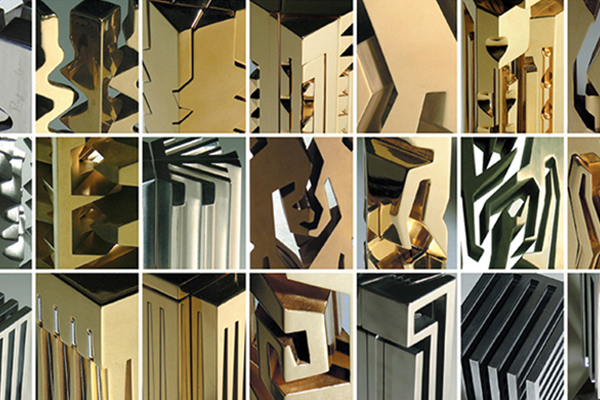Dynamic Morphemes
DOI:
https://doi.org/10.15168/xy.v2i3.62Abstract
Sculpture, like writing and architectural drawing, is one of the ways in which we can investigate the qualities of space and time. A space that in the series Dynamic Morphemes has a variable geometry that is therefore connected with a two–dimensional time: towards the future, with a return to the past, circular, taking in the “now”. Space and time generate form and matrix, a phenome- non and its opposite, setting up a vital conflict which is possible only within the present. Dynamic Morphemes derive from an irresistible need to give a three–dimensional aspect to figurations that are intimately connected with the idea of space–time, that have for too long been confined to the suffused condition of two dimensions. And that, since the 1980s, have been imprisoned in the intangible world of the virtual. And from this condition they still insist on taking on granular substance (granule theory) and deciding “to be”. Tired of a tautological architectural design that tends to feed off its own representation, they intercept and resolve possible threats of short–cir- cuiting, levitating in their new dimension “XYZ”: drawings that become matter, realities that no longer fear their relation with gravity and time. If we could only see them properly, they should be interpreted as four–dimensional abstract drawings, theoretical concentrates of architecture that are still without concrete building connotations. Anticipating architecture, these granules are asking to constitute the rings of a dynamic chain that describes its DNA: a certain number of nucleotides freely organizable that can generate, by derivation and transcription, the stamina cells of a new project for our time.


